Bodhisatwa Mandal
GuideBP: Guiding Backpropagation Through Weaker Pathways of Parallel Logits
Apr 23, 2021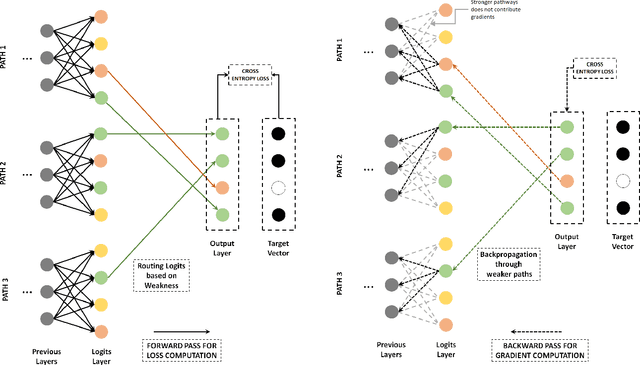
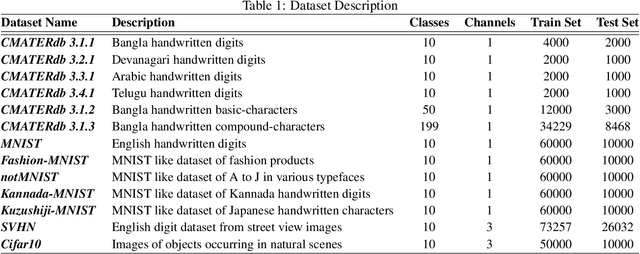

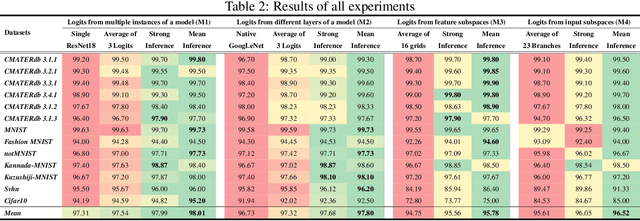
Abstract:Convolutional neural networks often generate multiple logits and use simple techniques like addition or averaging for loss computation. But this allows gradients to be distributed equally among all paths. The proposed approach guides the gradients of backpropagation along weakest concept representations. A weakness scores defines the class specific performance of individual pathways which is then used to create a logit that would guide gradients along the weakest pathways. The proposed approach has been shown to perform better than traditional column merging techniques and can be used in several application scenarios. Not only can the proposed model be used as an efficient technique for training multiple instances of a model parallely, but also CNNs with multiple output branches have been shown to perform better with the proposed upgrade. Various experiments establish the flexibility of the learning technique which is simple yet effective in various multi-objective scenarios both empirically and statistically.
Using dynamic routing to extract intermediate features for developing scalable capsule networks
Jul 13, 2019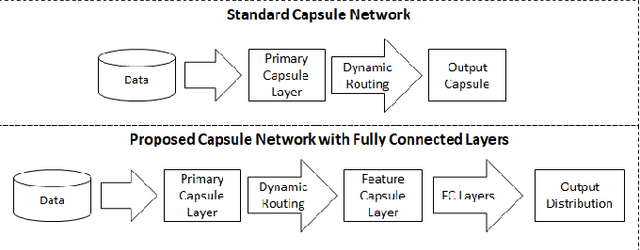
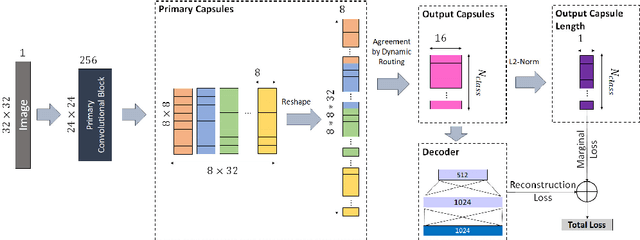
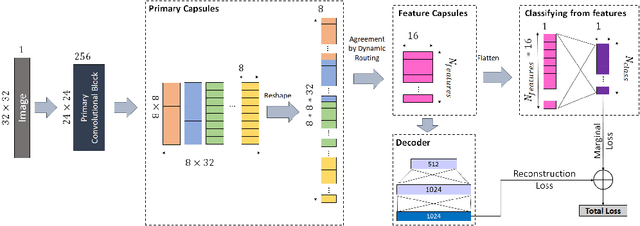
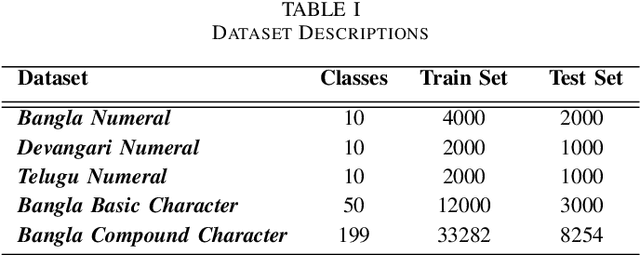
Abstract:Capsule networks have gained a lot of popularity in short time due to its unique approach to model equivariant class specific properties as capsules from images. However the dynamic routing algorithm comes with a steep computational complexity. In the proposed approach we aim to create scalable versions of the capsule networks that are much faster and provide better accuracy in problems with higher number of classes. By using dynamic routing to extract intermediate features instead of generating output class specific capsules, a large increase in the computational speed has been observed. Moreover, by extracting equivariant feature capsules instead of class specific capsules, the generalization capability of the network has also increased as a result of which there is a boost in accuracy.
Handwritten Indic Character Recognition using Capsule Networks
Jan 01, 2019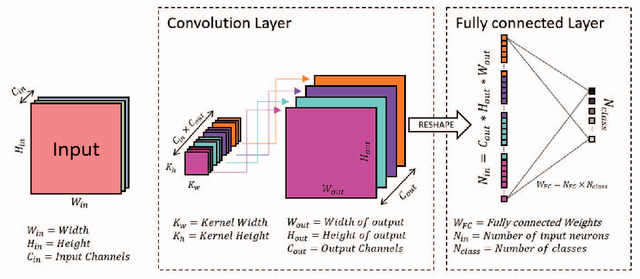
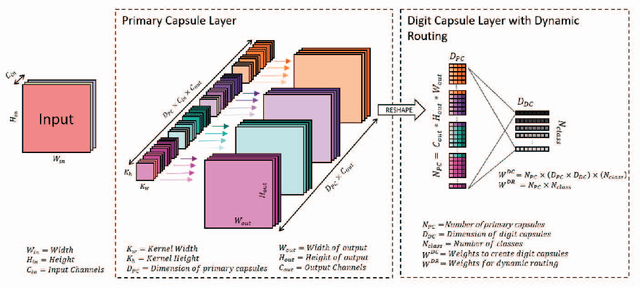
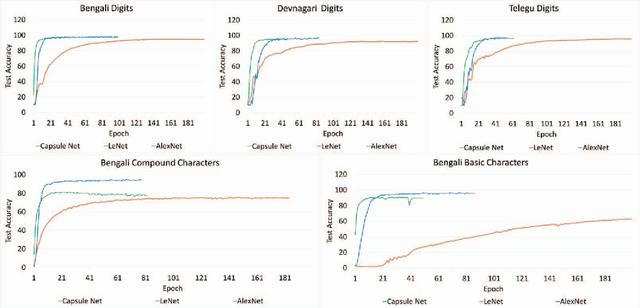

Abstract:Convolutional neural networks(CNNs) has become one of the primary algorithms for various computer vision tasks. Handwritten character recognition is a typical example of such task that has also attracted attention. CNN architectures such as LeNet and AlexNet have become very prominent over the last two decades however the spatial invariance of the different kernels has been a prominent issue till now. With the introduction of capsule networks, kernels can work together in consensus with one another with the help of dynamic routing, that combines individual opinions of multiple groups of kernels called capsules to employ equivariance among kernels. In the current work, we have implemented capsule network on handwritten Indic digits and character datasets to show its superiority over networks like LeNet. Furthermore, it has also been shown that they can boost the performance of other networks like LeNet and AlexNet.
 Add to Chrome
Add to Chrome Add to Firefox
Add to Firefox Add to Edge
Add to Edge